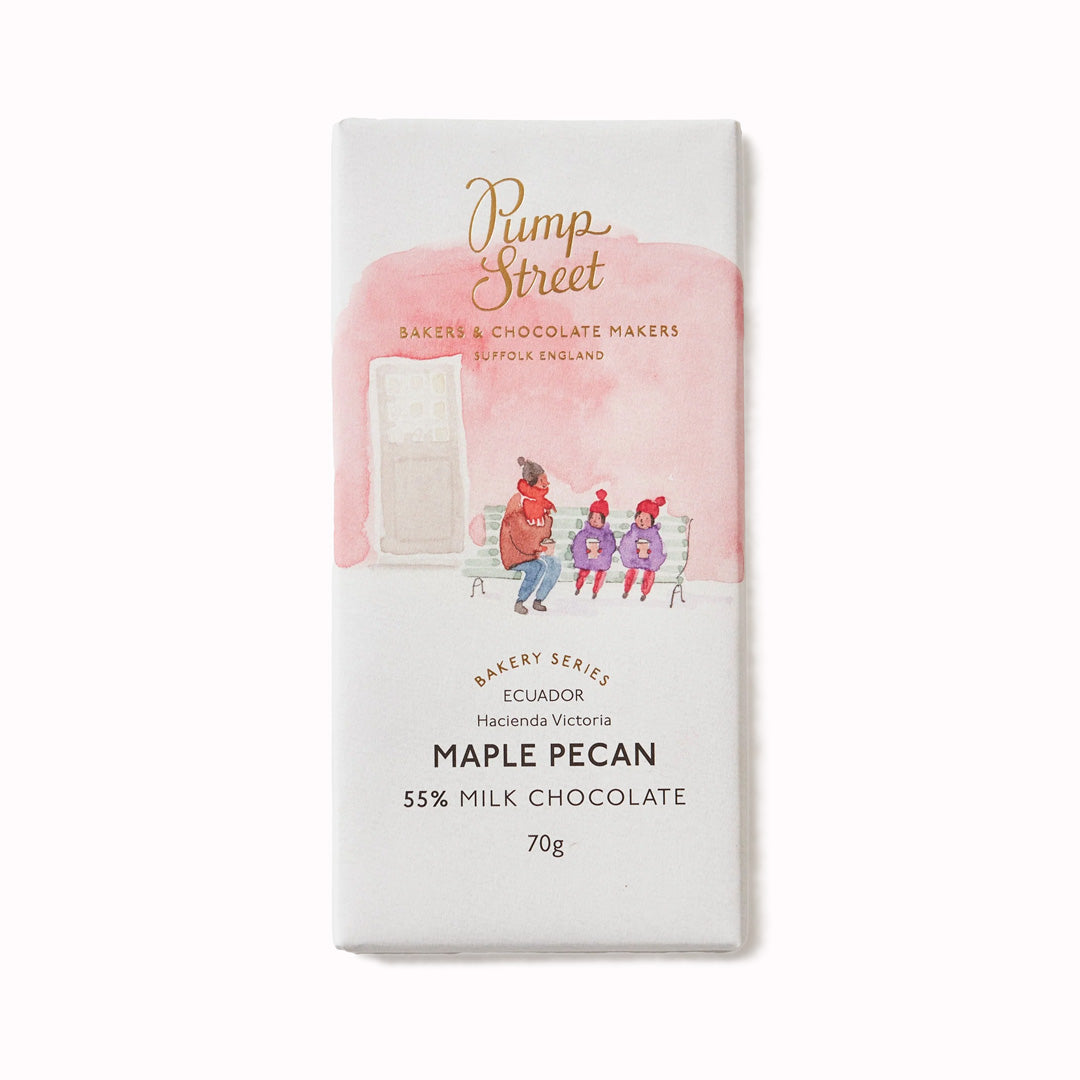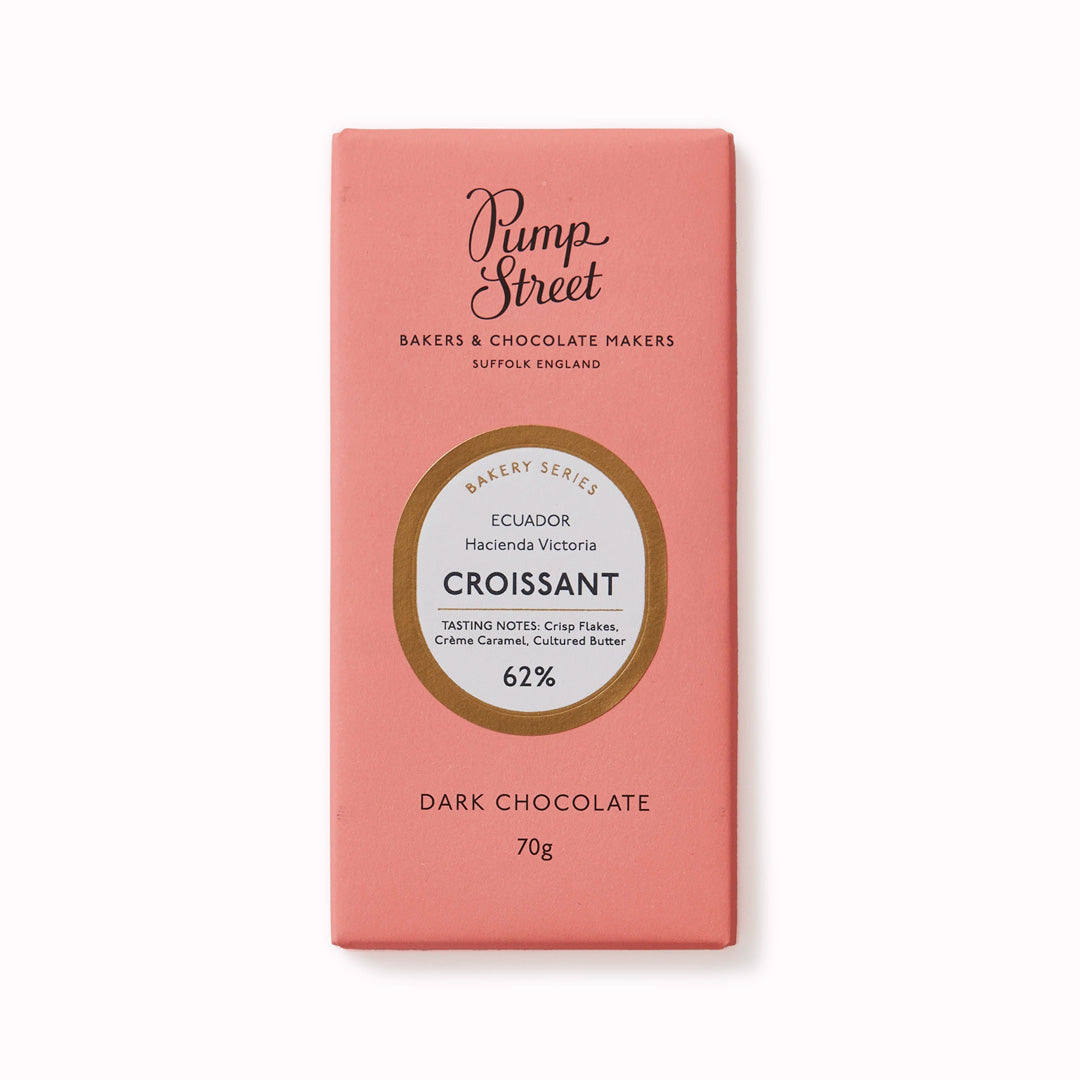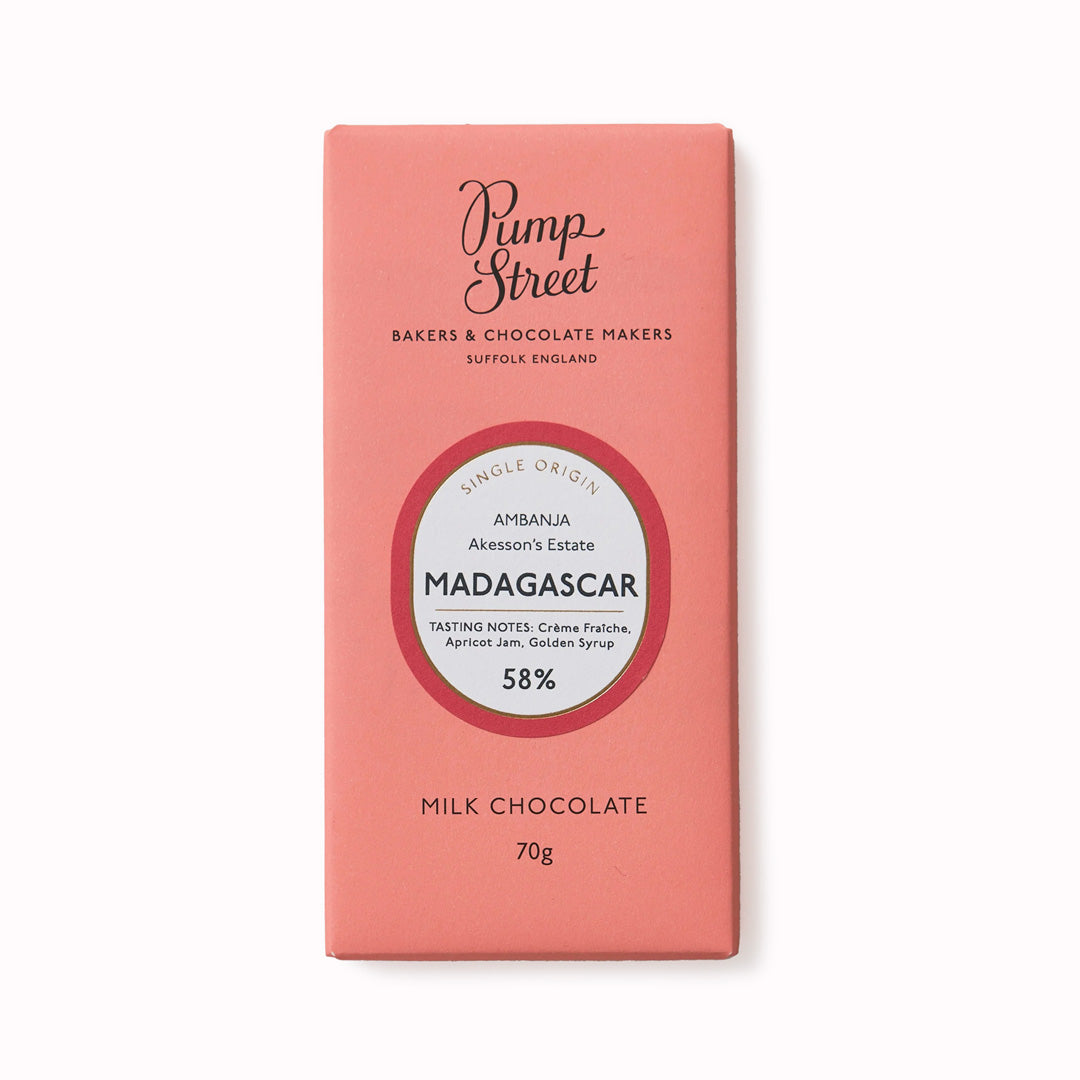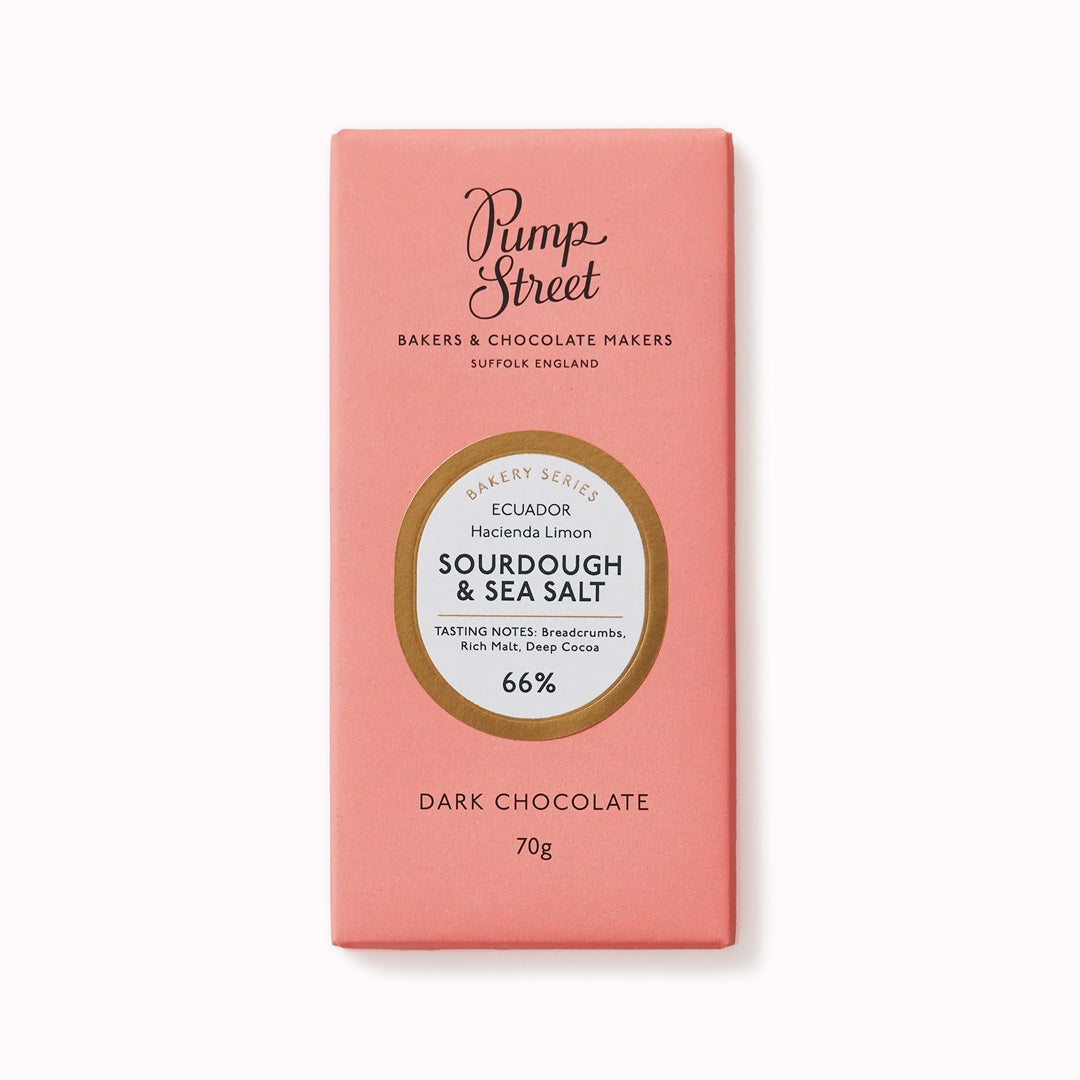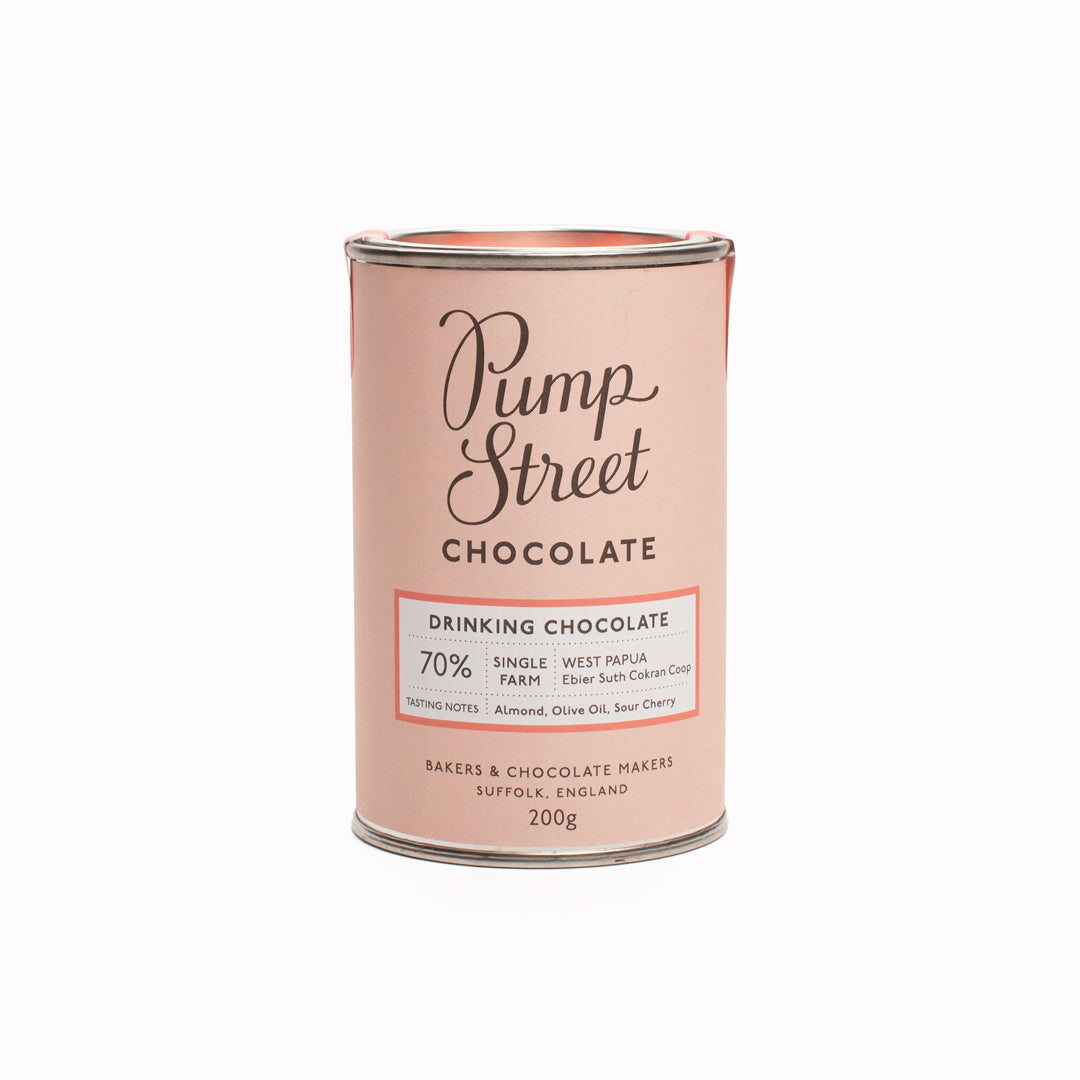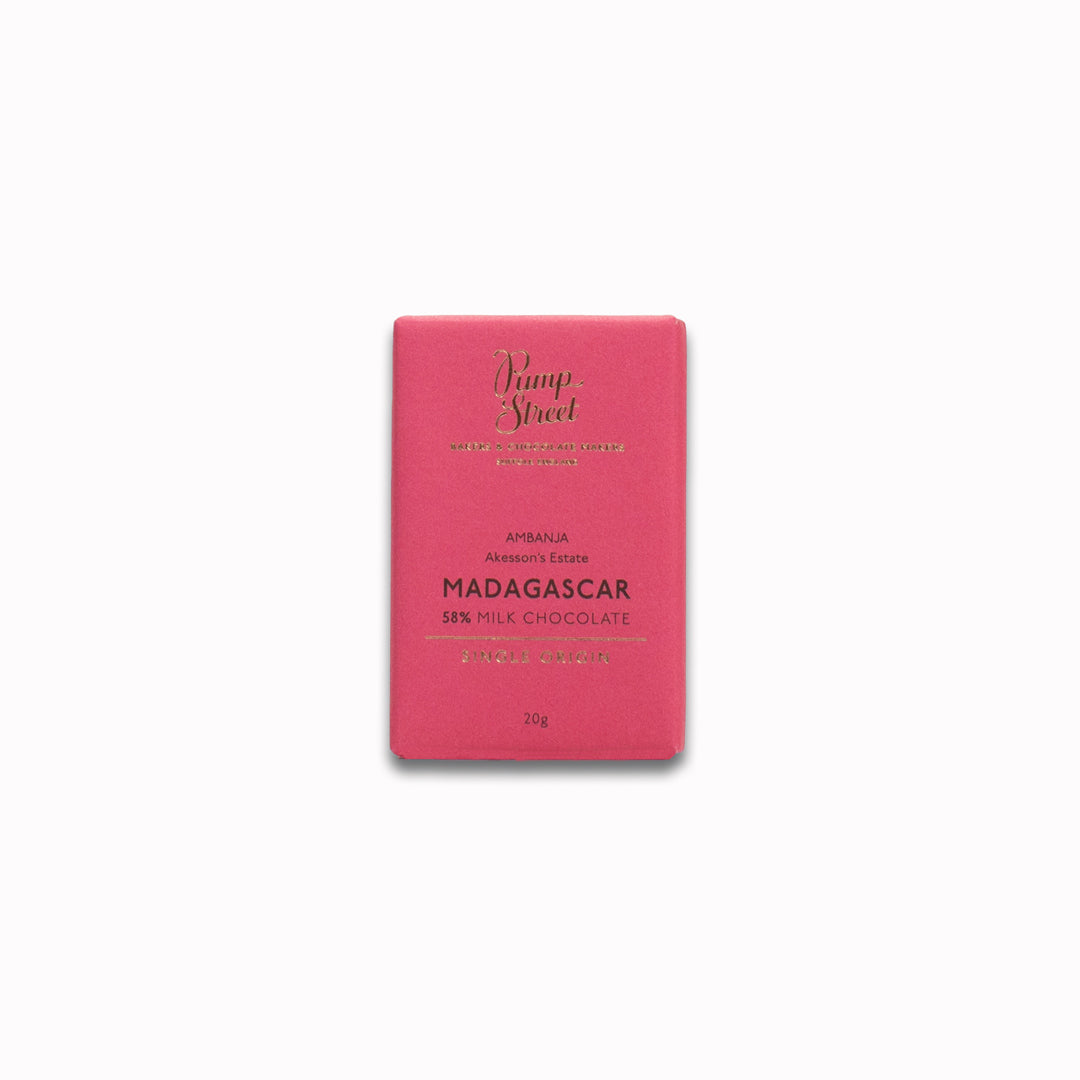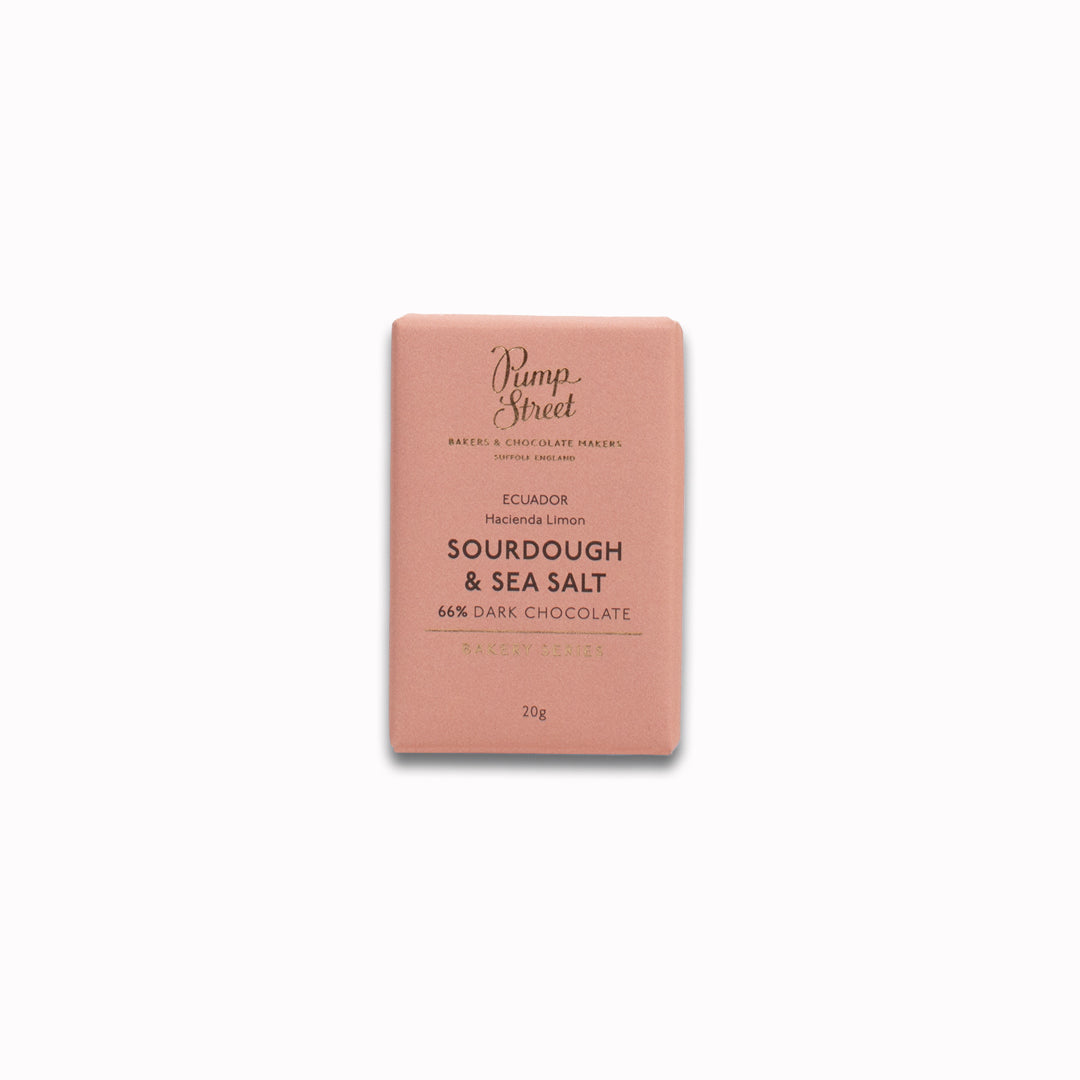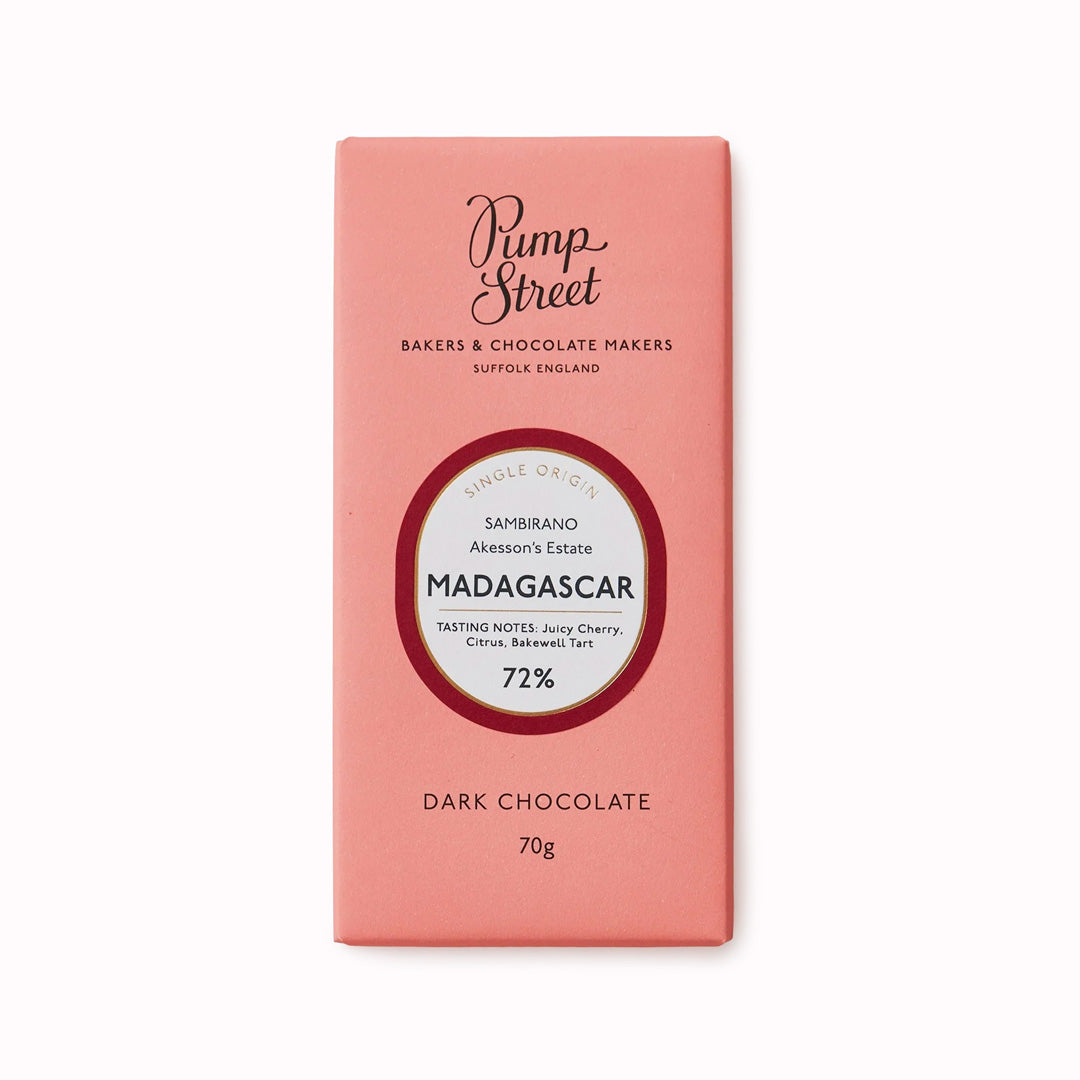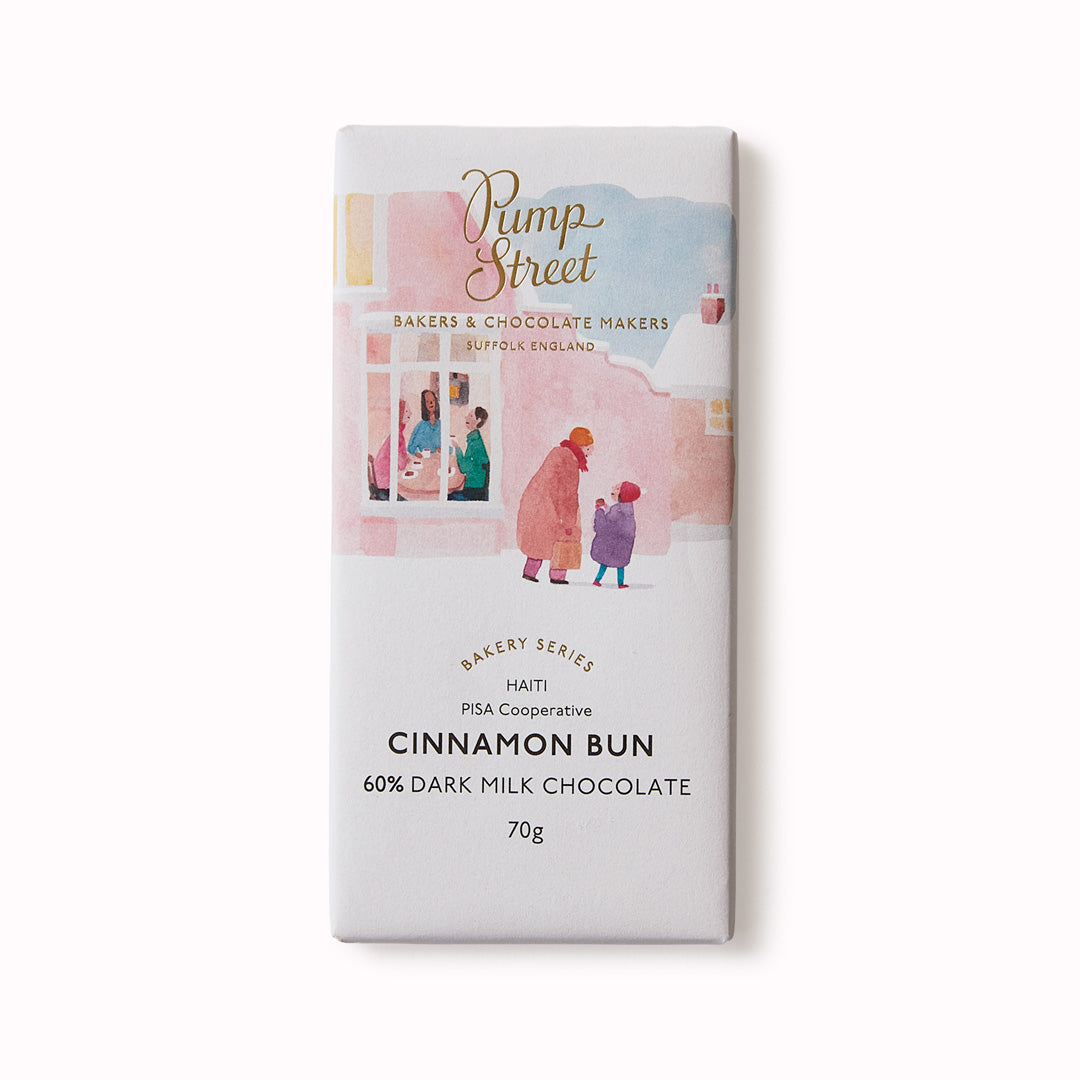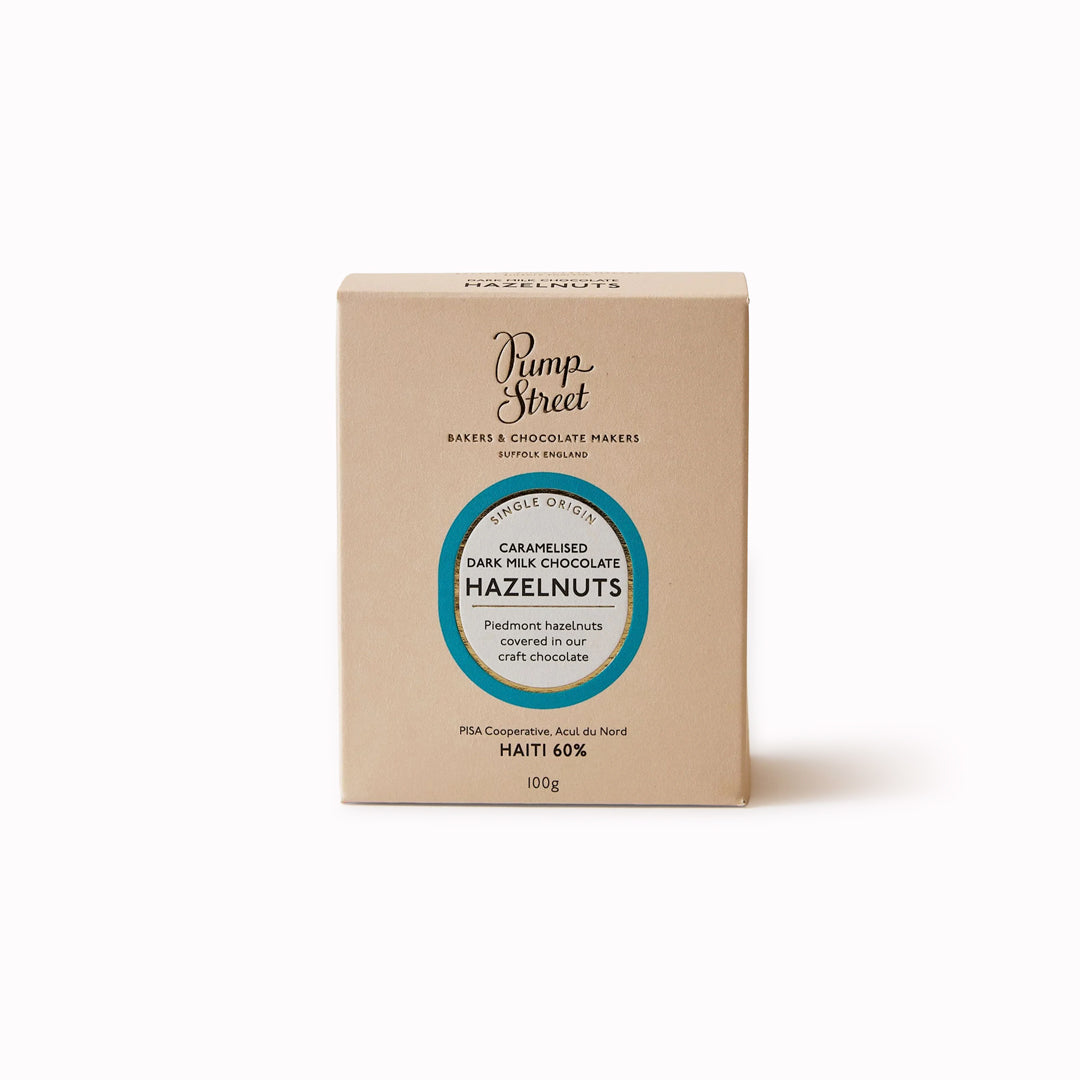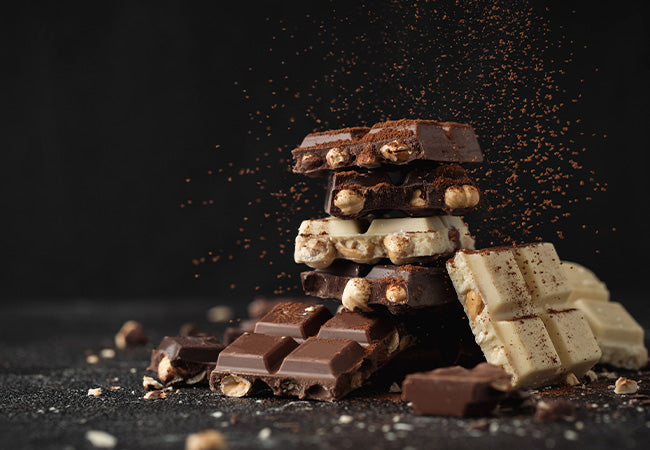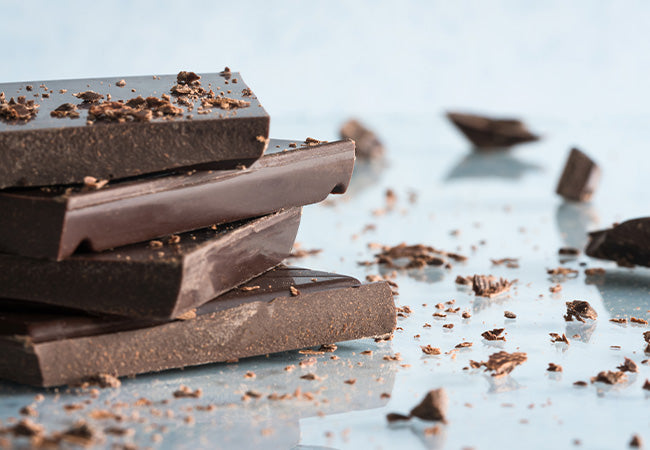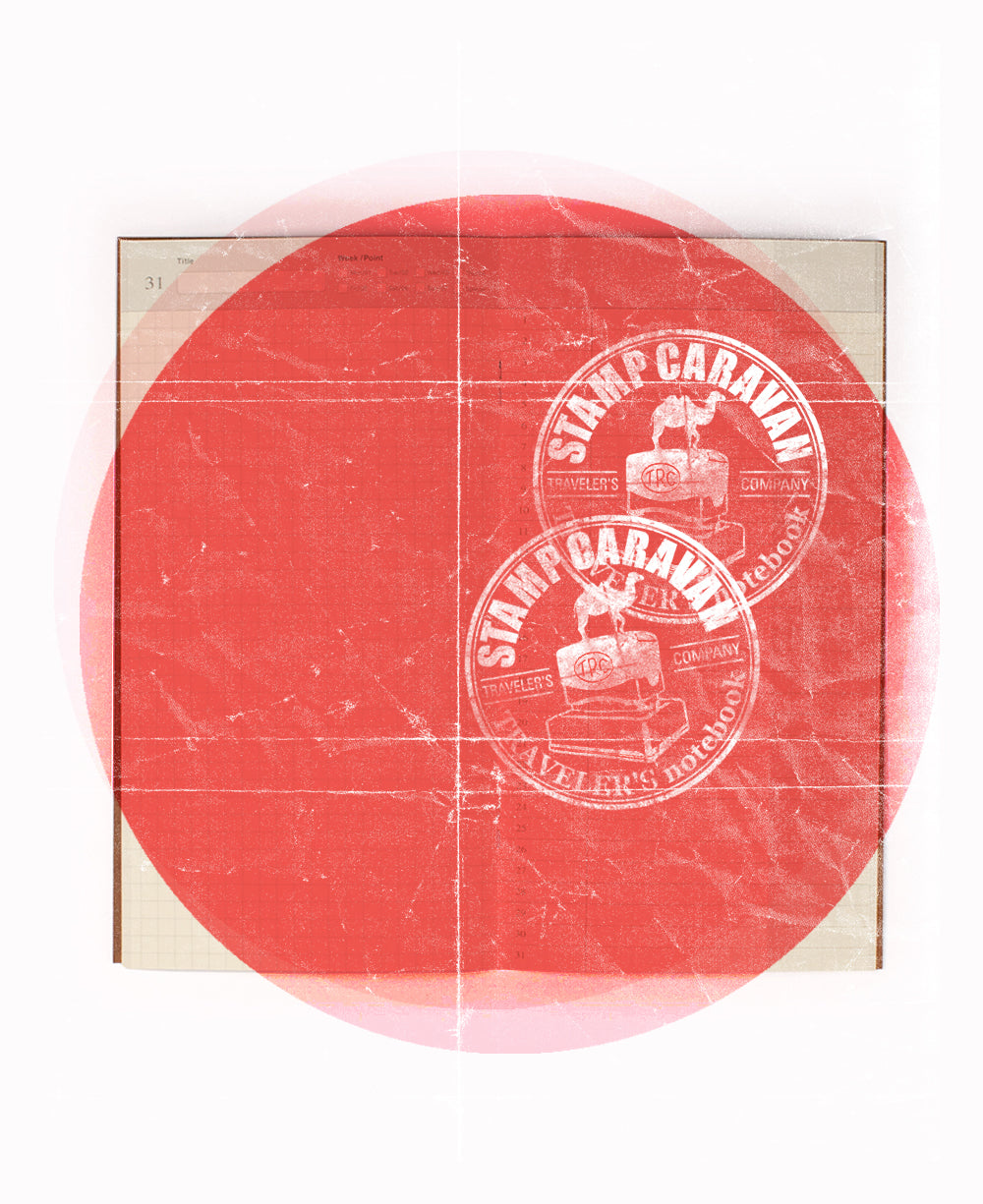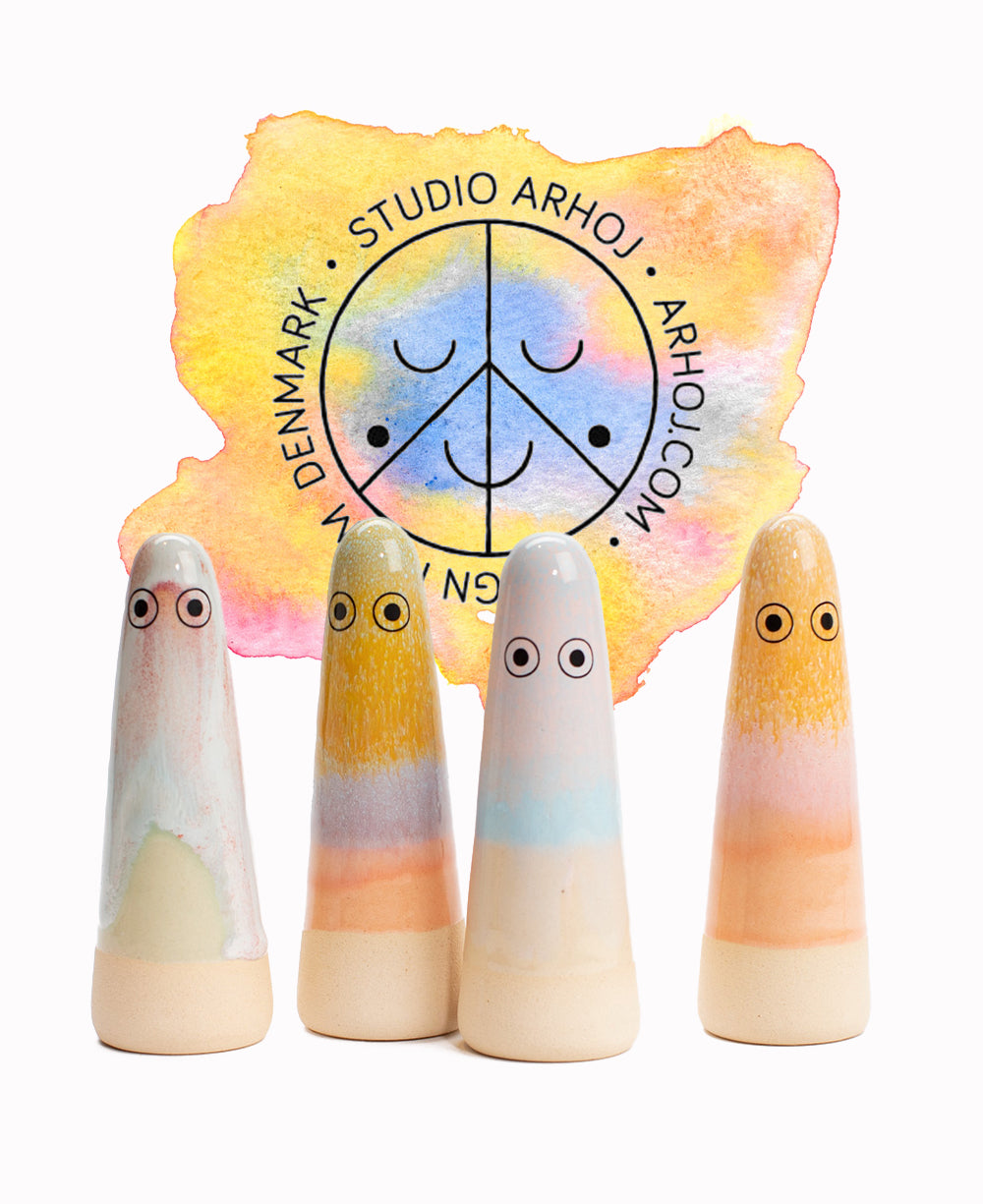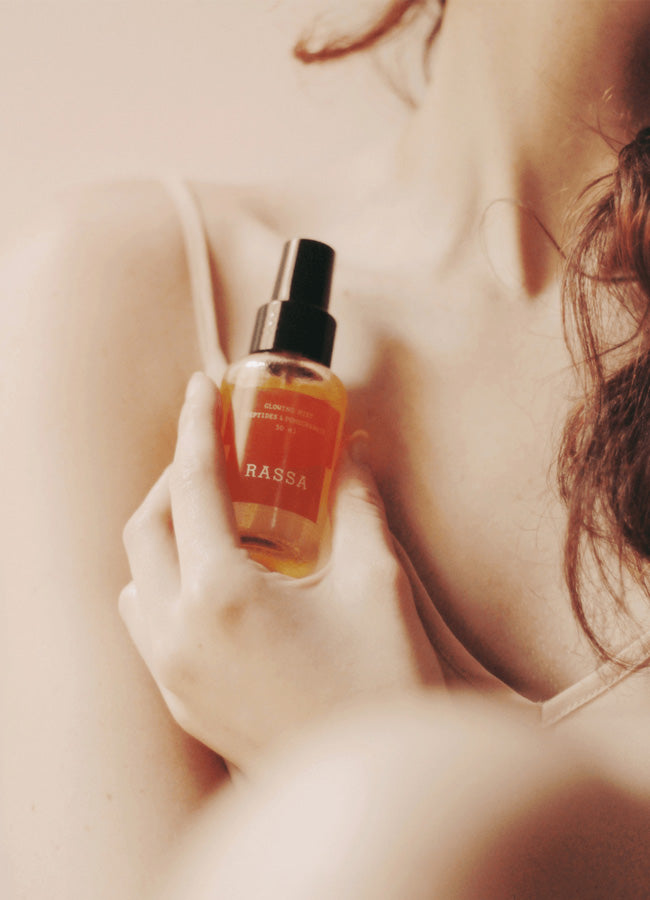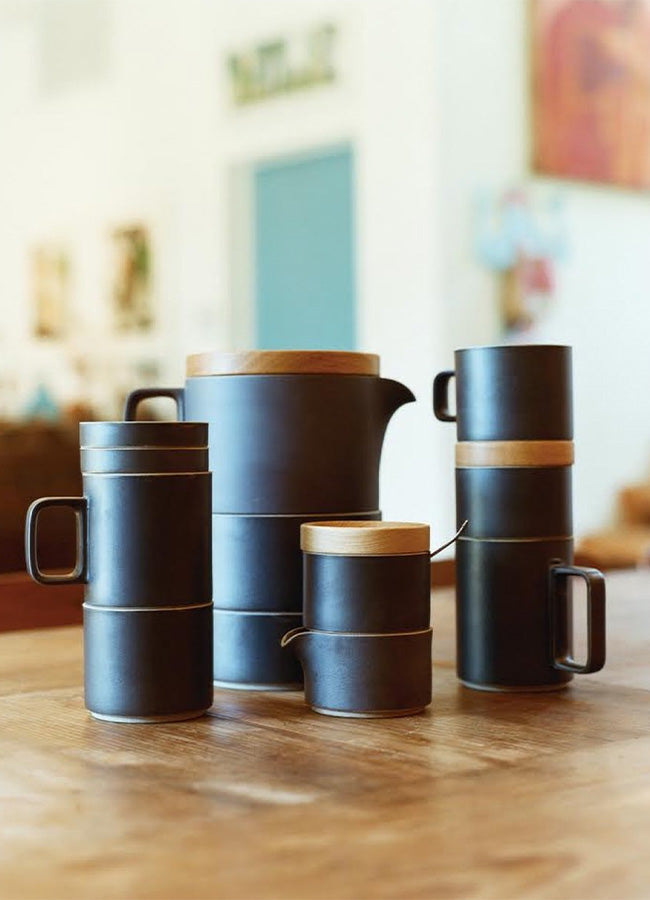Pump Street Chocolate Bars
Pump Street Chocolate Bars
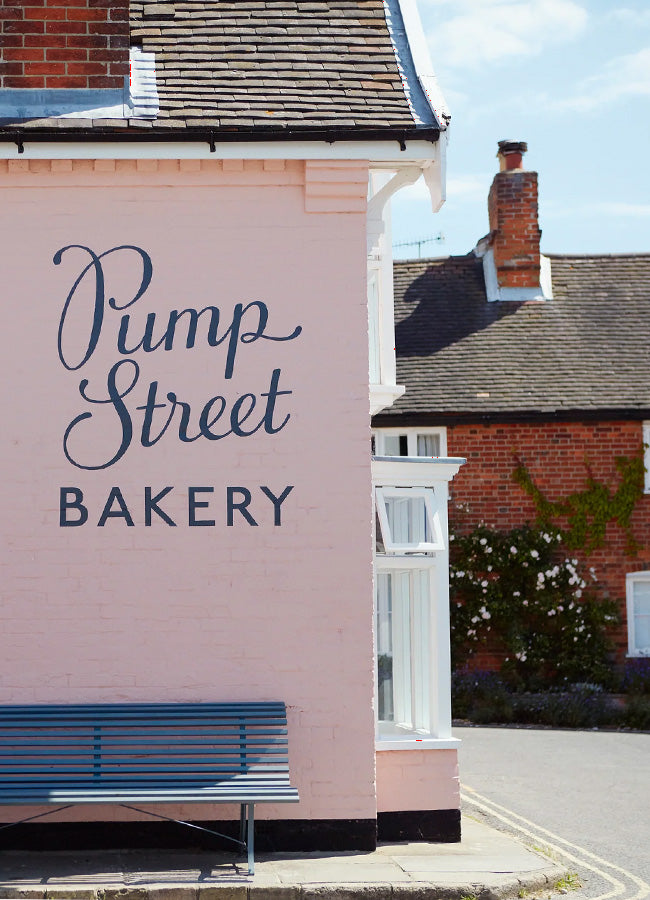
Bakers and Chocolate Makers
Pump Street Chocolate is a small batch bean-to-bar UK craft chocolate brand from Suffolk. These artisan chocolate bars are made using traditional chocolate making methods, with cocoa beans sourced from family farms and cooperatives across the world.Pump Street was (and still is!) an award-winning bakery, founded in 2010 by father and daughter team Chris and Joanna Brennan. They started making chocolate in the bakery in 2012 and very quickly expanded into a chocolate room, and eventually into a dedicated building. Pump Street Chocolate was born!
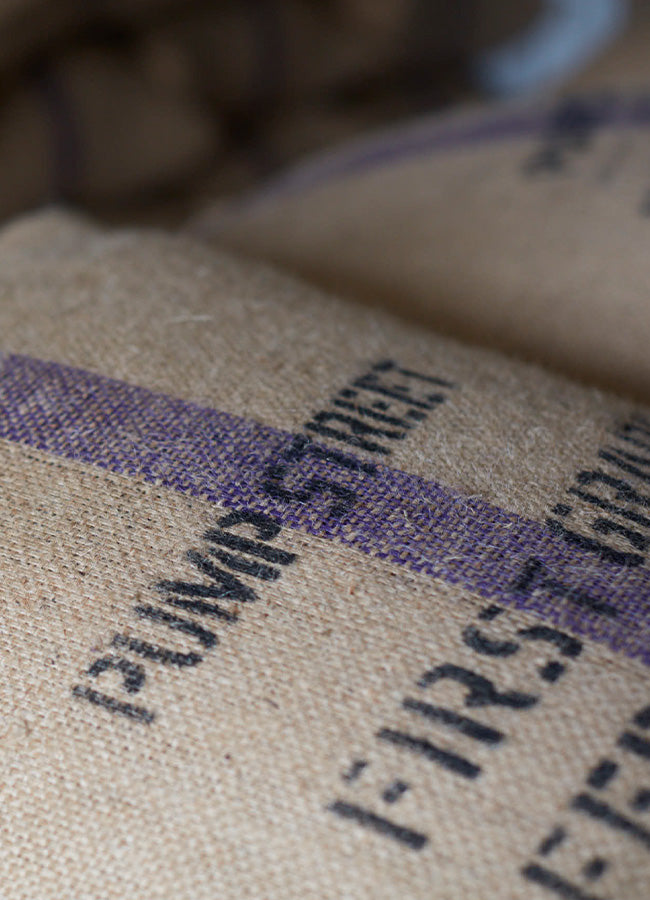
A Growing Team
Pump Street now have the capacity to make more of their chocolate using the same process that they started with, but to house a larger team, more equipment and to do all their own fulfilment of orders across the UK and around the world.Pump Street have won many awards for their chocolate, including an International Gold for their Madagascar Vanilla.If you are looking for beautiful craft chocolate that is made with love and tastes amazing, then you really should try Pump Street Chocolate.
Rethinking Chocolate
The Bean-to-Bar Revolution
The term Bean-to-Bar chocolate was coined as a way for Craft chocolate makers, some of whom would be producing just a few hundred bars at a time, to distinguish their product from mass produced chocolate and that made by chocolatiers, who melt chocolate that they buy in to make chocolate confectionery.Bean-to-Bar is a revolution in the chocolate industry and USTUDIO are glad to be on board, stocking a great range of chocolate from artisan, small-batch producers from around the world, with a particular focus on those based in the UK.
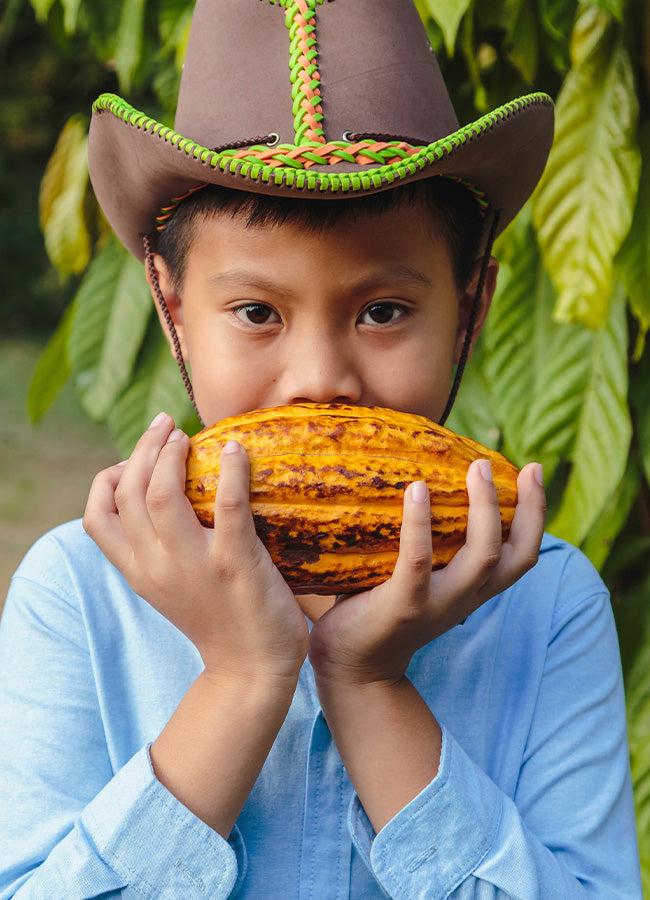
Out With the Old
There are a lot of problems with the traditional chocolate industry. The environmental impact of manufacture, guaranteeing fair pay and fair working conditions for farmers, and variation in the quality of cacao are all problematic within the mainstream industry.
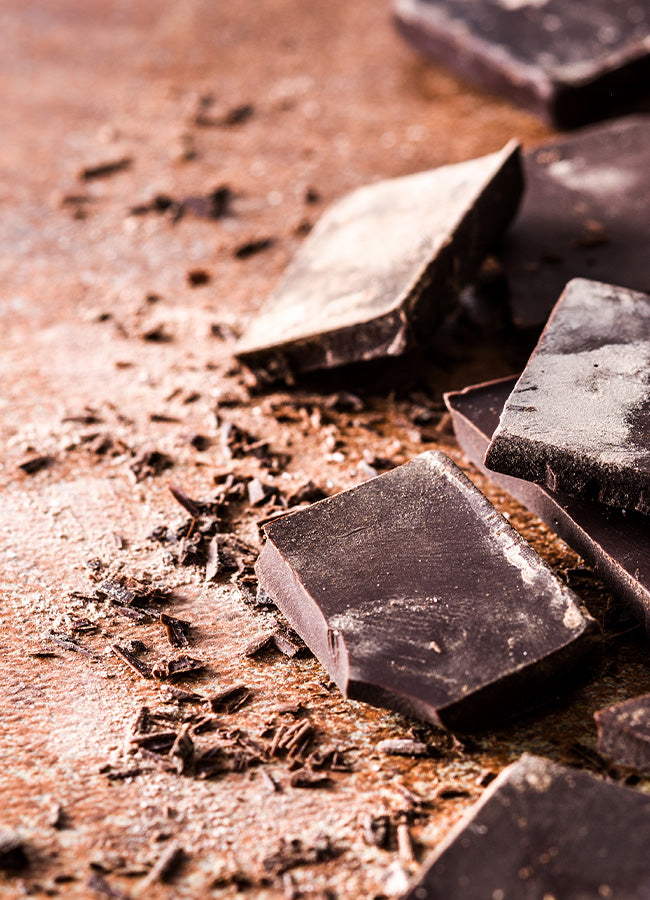
In With the New
In sharp contrast, Bean-to-Bar chocolate makers are involved at every stage of production. All the way from the cacao bean to the finished bar. This ensures the sustainability, ethics, and quality of the chocolate produced. And it also ensures that it tastes heavenly!
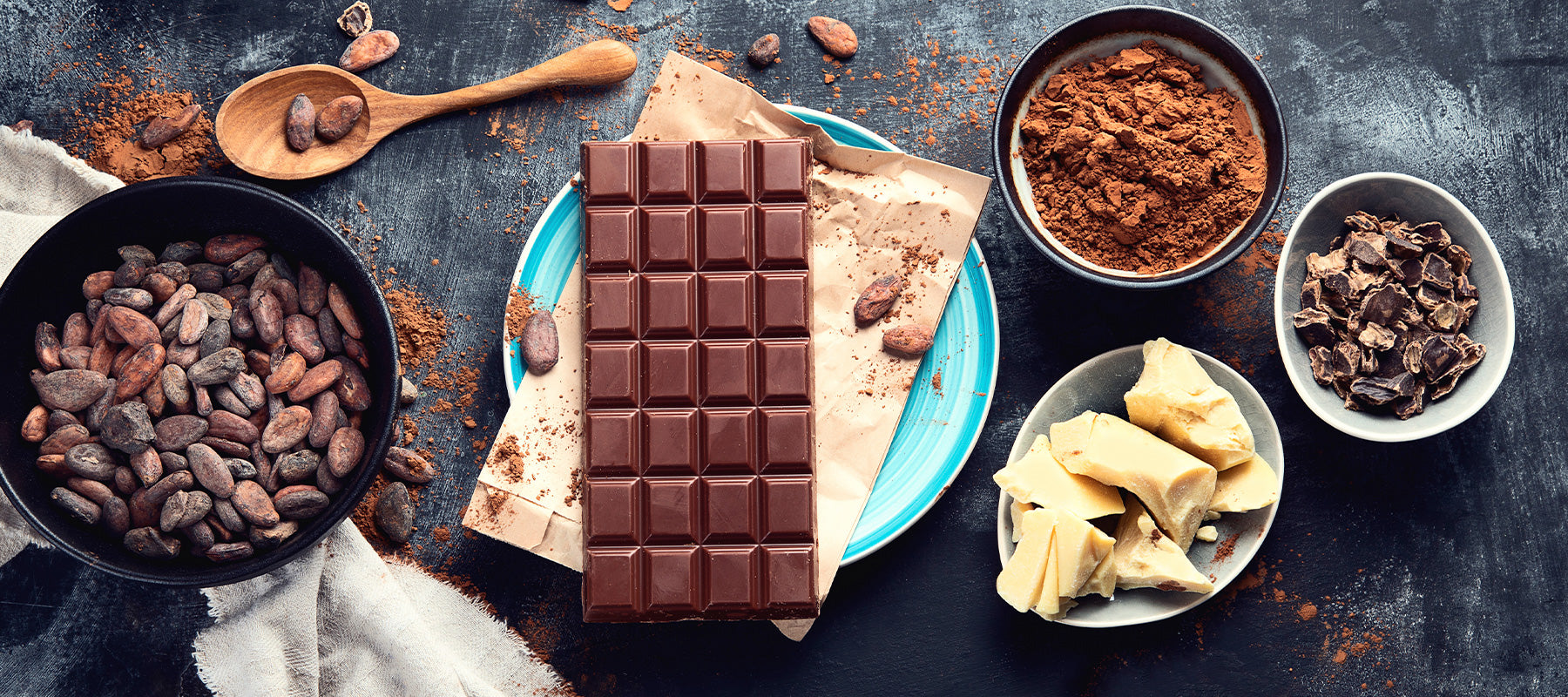
How it Works
What is Bean-to-Bar?
The Bean-to-Bar process is at the heart of all our suppliers’ chocolate making. The chocolate is handcrafted, from a raw cacao bean all the way through to a finished bar. The incredible flavour of the cacao is honoured, unlike in the mass-manufacturing process which focuses on keeping costs low and products consistent. Industrial chocolate is cheap because it is full of unnecessary and harmful fats, e-numbers and additives, and often has less than 20% cacao content.Craft chocolate makers buy cacao in small amounts, working directly with the farmers, and then take on the whole process of creating their chocolate, including cleaning, roasting, cracking, winnowing, and grinding the cacao beans, conching and tempering the chocolate. It is a lengthy process, but the results speak for themselves
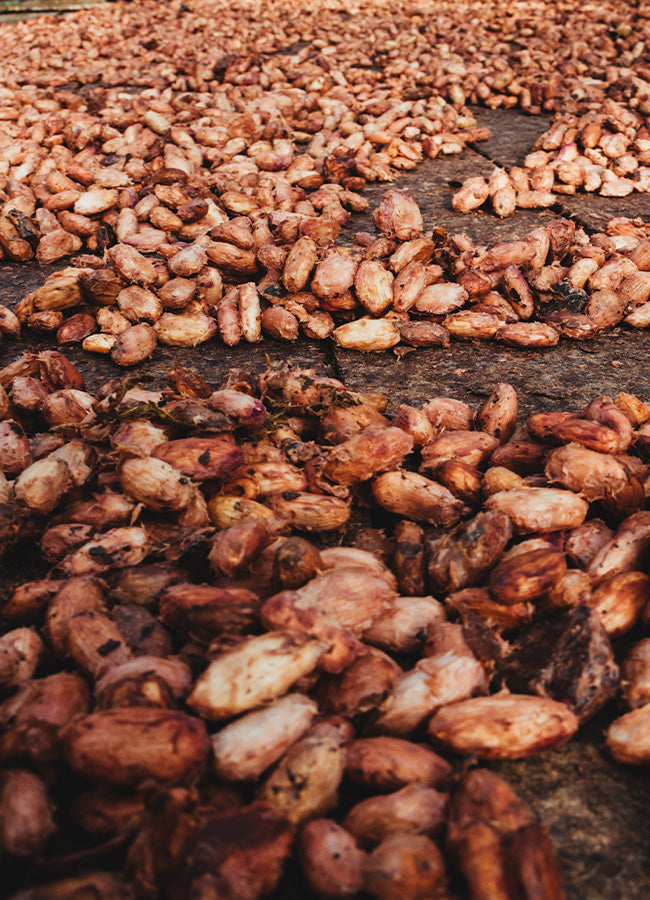
First Steps
The first job when the beans arrive from the farmer is to hand sort them, preparing them for the roast. This process involves removing spoiled beans and any foreign materials. If hand sorting through endless kilos of cocoa beans sounds time consuming, well that’s because it is!
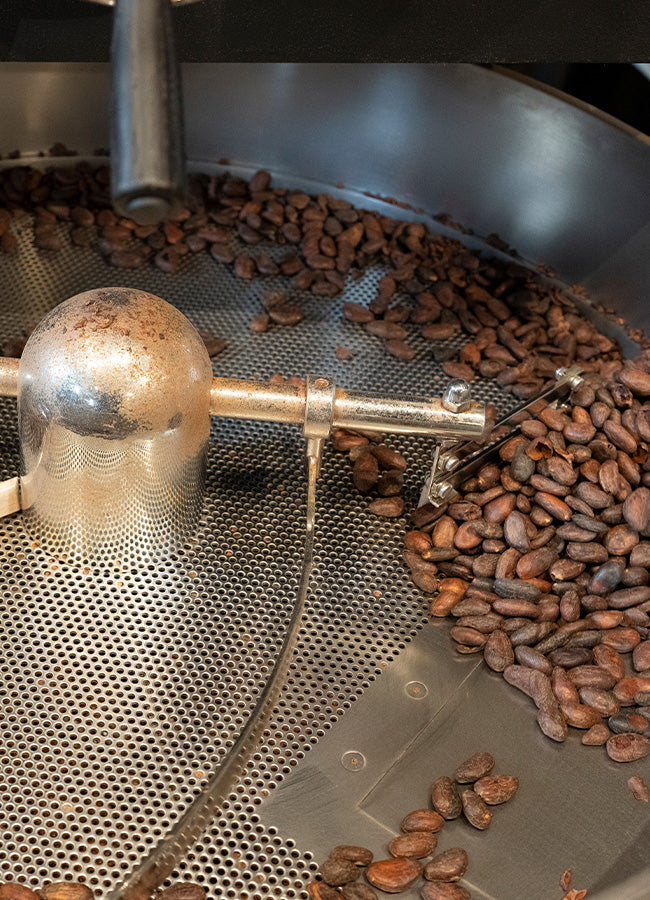
Roasting the Beans
The next stage is roasting, to bring out the natural flavour and personality of the cocoa bean- every variety is distinctly different and will be roasted accordingly. Roasting drives off volatile acids from the beans and converts amino acids and sugars into tastier fully formed flavour compounds through the browning process.
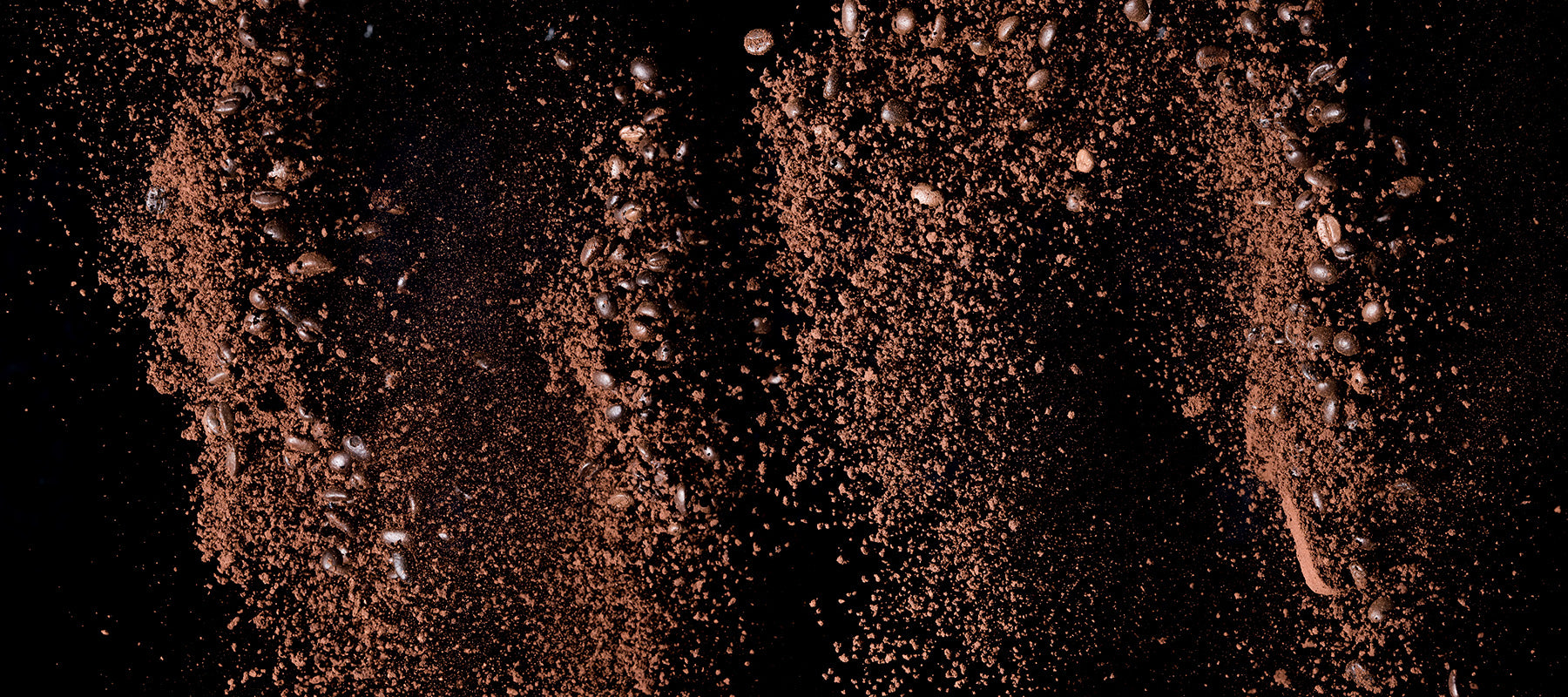
A Lengthy Process
Care and Attention
Next step is to crack open the beans and discard the unwanted husks. Then the cocoa nibs are thrown into a grinder. These machines break down the nibs and sugar over a 72 hour period into liquid form. By the end of the grind particle size reduces to something between 15-20 microns, something that feels smooth on the tongue.
The chocolate is then moved onto the conching phase for some final flavour development. This involves agitating the chocolate to improve mouthfeel, drive off any left-over volatile acids and coax out the deeper, more nuanced flavour notes.
Finishing Off
The final step before wrapping is tempering, which gives chocolate structure and a nice shine. It involves heating and cooling down the chocolate and allowing the cocoa butter to crystallise. It’s this crystallisation which is crucial to giving chocolate its glossy finish
Vegan-Friendly Options
Naturally, all of our Craft Chocolate makers' dark chocolate is vegan, and we have many different sorts to choose from! In addition, some of our suppliers also make delicious oat milk and cashew nut milk chocolate, so vegans get a milk chocolate option!
Bean to Bar Chocolate | FAQs
All their chocolate is made from bean to bar in their own factory in Suffolk, England. In the heart of Orford on Suffolk's Heritage Coast
Pump Street was founded in November 2010 by father and daughter team Chris and Joanna Brennan. It is the result of Chris' years developing his skills as a self-taught baker and later chocolate maker, and Joanna's enthusiasm for all things gourmande.
Bean-to-Bar is a phrase coined to describe craft chocolate makers who oversee the whole process of making chocolate-from selecting the beans all the way to wrapping the finished, high-quality chocolate bar.
Ethically, bean-to-bar chocolate is a positive choice as the farmers are paid fairly and the producers focus on sustainability. Taste-wise, so much care goes into making the bar and getting the best from the cacao that it tastes amazing!
Yes! All of our suppliers' dark chocolate is vegan, and we also stock some oat milk chocolate options.
This process is similar for most chocolate makers, starting with the fermentation of the cacao beans then drying, winnowing and finally conching. then the chocolate has to be moulded and wrapped. This whole process takes around 7-10 days. Letting the chocolate rest for a few weeks after making enhances its flavour too.
'Cocoa' is essentially an English corruption of the Spanish 'cacao' which came in turn from the Mayan 'kakaw'. Nowadays 'cocoa' can also refer to a ready-mixed powder for a hot chocolate drink in the USA, but in general the terms 'cacao' and 'cocoa' are interchangeable.
Chocolate does contain caffeine, but much less than a cup of coffee! Dark chocolate has more caffeine than milk (but not much) and white chocolate doesn't contain any.
how to eat craft chocolate
The 7 Steps to Heavenly Taste
When a craft chocolate maker has put in the time and effort to make bean-to-bar chocolate, you really want to get the most out of eating it. A mindful approach is the way forward, engaging all of your senses and taking your time over each stage.
